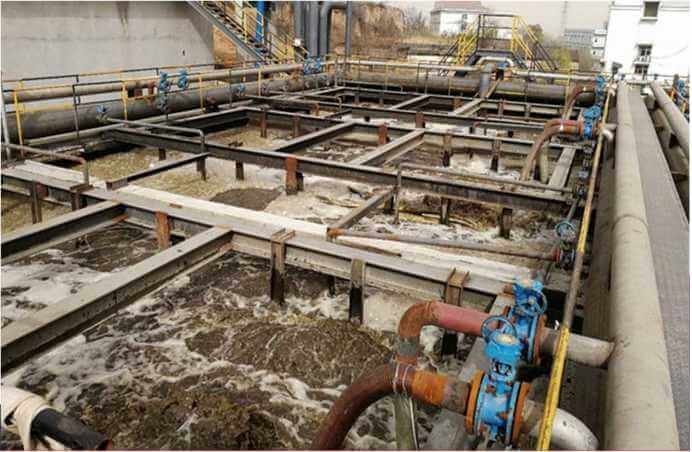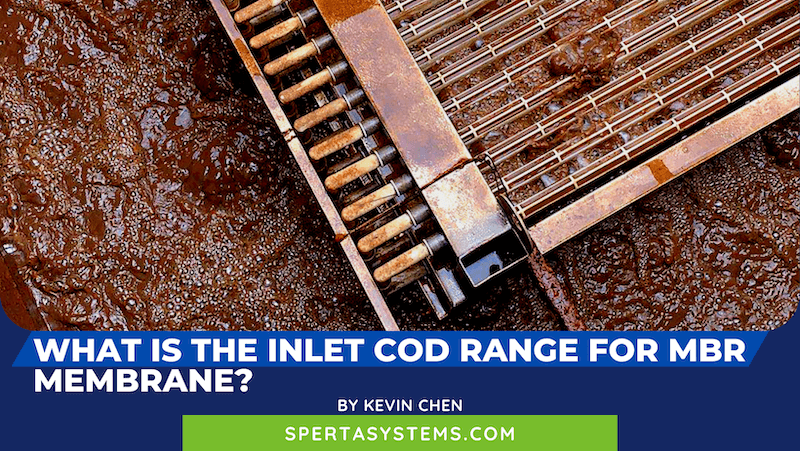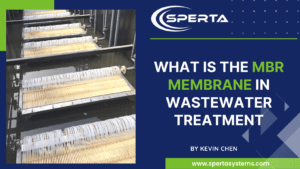Last Updated on February 10, 2023 by Kevin Chen
COD, chemical oxygen demand, is the amount of oxygen consumed by reducing substances in the water body (easily oxidized by strong oxidizing agents).
What is COD?
The so-called chemical oxygen demand (COD) is the amount of oxidant consumed when treating a water sample with a strong oxidant under certain conditions. It is an indicator of the content of reducing substances in water. The reducing substances in the water include various organic substances, nitrites, sulfides, ferrous salts, etc., but mainly organic substances. Therefore, chemical oxygen demand (COD) is often used to indicate the amount of organic matter in water. The higher the chemical oxygen demand, the more serious the pollution of water bodies by organic matter. COD value is expressed in mg/L, and the larger the value, the more serious the pollution of the water body.

What Is The Inlet COD Range For MBR Membrane?
The main function of MBR membranes is to prevent activated sludge loss and to reduce COD by filtering and retaining high concentrations of activated sludge concentration. In short, MBR membrane is a filtration membrane applied to wastewater. The feed water of MBR membrane only needs some pretreatment work, and there is no special requirement for COD value. The COD value is required for the effluent of the MBR membrane. Only when the COD value of the produced water is within a certain range can the MBR membrane prove that the filtration is working.
What is the discharge standard of COD?
The MBR membrane’s biggest role is wastewater treatment, and the COD value can indicate the water body’s pollution level. Since water pollutants vary from industry to industry, the discharge standards are different. The following are the discharge standards of COD in China.
Discharge standard of electroplating wastewater: <80ppm
Discharge standard of sulfuric acid industrial wastewater: <100
Discharge standard of battery industry wastewater: <150
Discharge standard of medical institution wastewater: <250/60
Discharge standard of textile industry wastewater: <200
Discharge standard of the iron and steel industry: <200
Comprehensive sewage discharge standard: <200

The above is the information about the COD standard in the MBR Membrane process. If you still have questions about the membrane bioreactor or need to purchase MBR membranes, don’t hesitate to contact SPERTA.
Shanghai SPERTA Environmental Technology Co., Ltd. has specialized in producing water treatment products for many years. The company has the core technology of producing MBR membrane components and has a high production capacity, aiming to build a high-quality brand of MBR production and sales all over the world. If you have any needs, please feel free to contact us.








